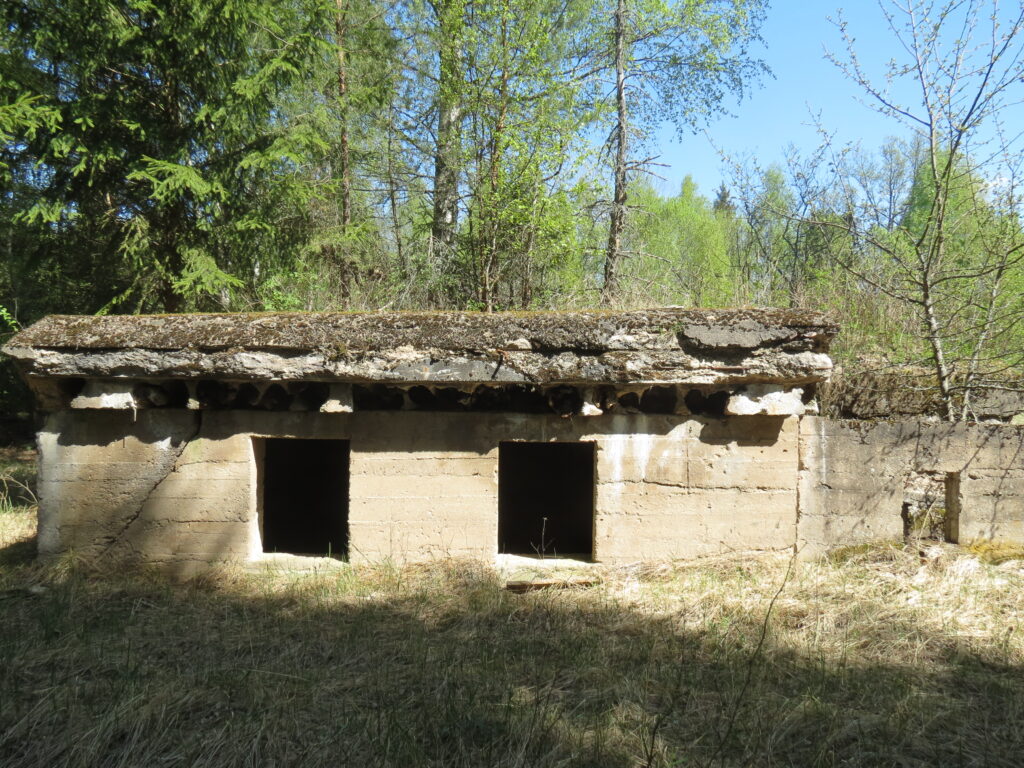The marked cross-border route that crosses the territory of Latvia and Lithuania is offered for your attention. During the First World War, the front line of “Life and Death” was located on the territory of Latvia and Lithuania for several years. A complex system of fortifications with ditches, trenches and bunkers was built on both sides of it. Thousands of soldiers fought and died in fierce battles here, as evidenced by the countless burials of fallen soldiers. During the route No. 790, it is possible to see several better-preserved bunkers, as well as the expositions of the First World War in Medumi and Turmantas (Lithuania), dedicated to the First World War. World War I was a global armed conflict between the Allies, led by the Entente on one side, and the Central Powers on the other, which lasted from 1914 to 1918. During the First World War, at least 230 soldiers died every hour.
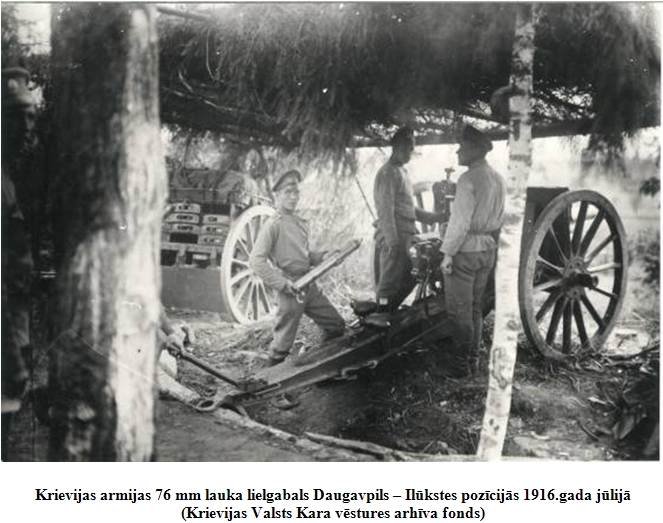
In the Daugavpils – Zarasai section, the most important strategic object was the Daugavpils fortress and the bridges over Daugava, which were controlled by the Russians. Since there were not enough forces to capture the Daugavpils fortress, the Germans had to acquiesce to the lakes in the eastern part of Selonia, which formed the northernmost part of the Lithuanian lakes’ district. In this barren, wooded area soldiers could successfully defend themselves, but it sorely lacked the normal living conditions that a larger city and its infrastructure could provide. Since there were no alternatives, it was necessary to use the possibilities of Novoaleksandrovsk (Zarasai) and larger castles, fortifying them in ways available to the army during the war. Roads were also a big problem. There were three most important roads along which the army could move in two directions at the same time: Vilnius – Daugavpils railway (the last stop on the German side was Turmantas), Panevėžys – Abeli – Daugavpils, Karaļauču? – St. Petersburg (Tsar) tract.
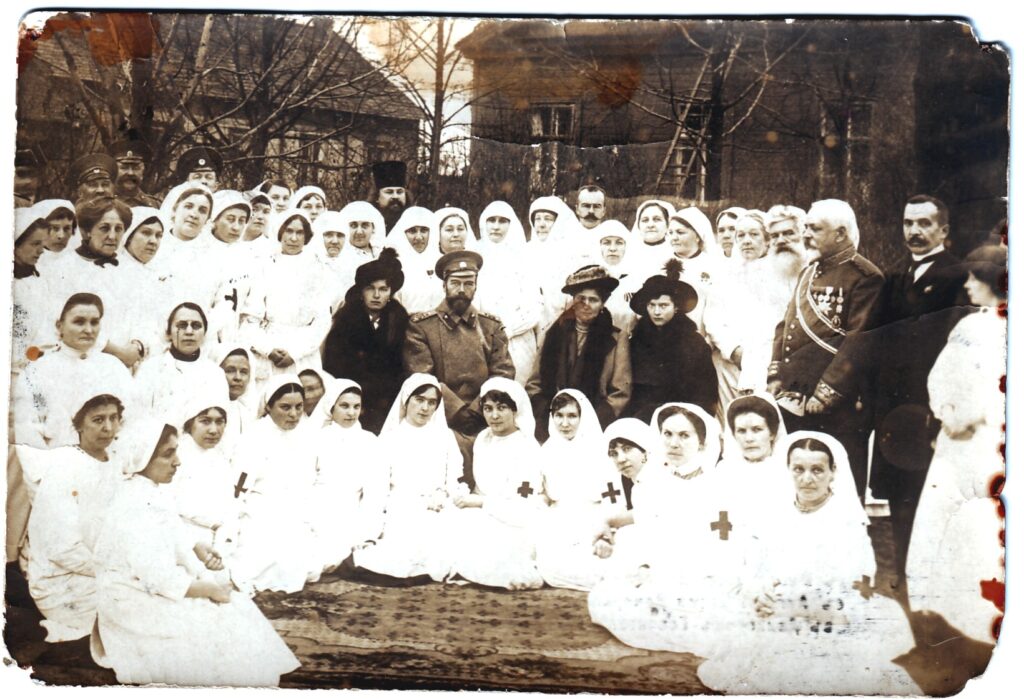
In the beginning of the 20th century, the German inventor Count Ferdinand von Zeppelin created his first gas-filled aircraft – the airship or zeppelin. An oblong balloon filled with gas, with spaces attached to the corpus for carrying passengers and cargo. Controllability was provided by an internal combustion or electric engine and a wing in the corpus. During the First World War, such the airships were adapted for military purposes. Zeppelins were meant for reconnaissance or bombing the enemy.
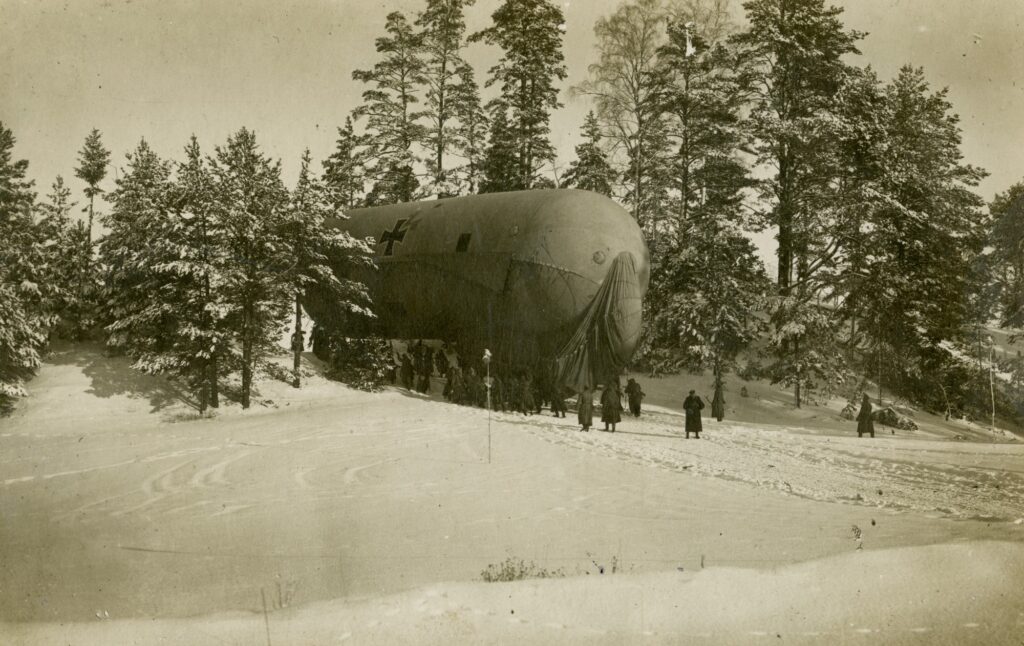
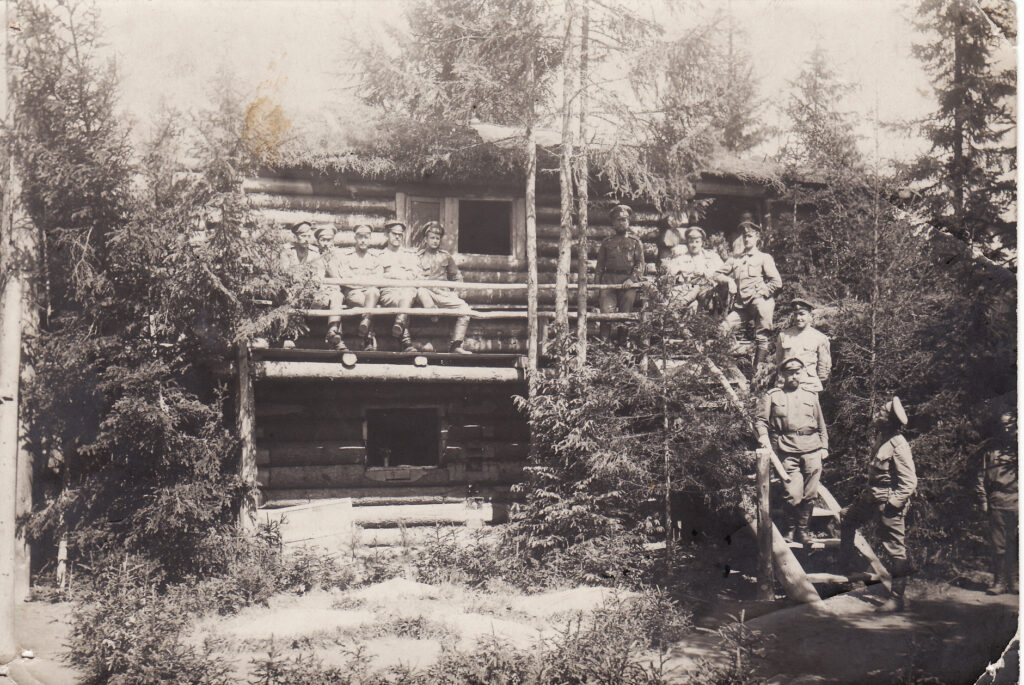

At least 152 fallen soldiers of the First World War were buried in the cemetery of the soldiers of the German army “Sadischki”. The brick cemetery is significantly damaged. In the 1950s of the 20th century, an unknown woman smashed all the crosses with an ax or a hammer, and the tombstones were also damaged. Now most of the crosses have been put back, cemented, but some are still demolished and damaged.
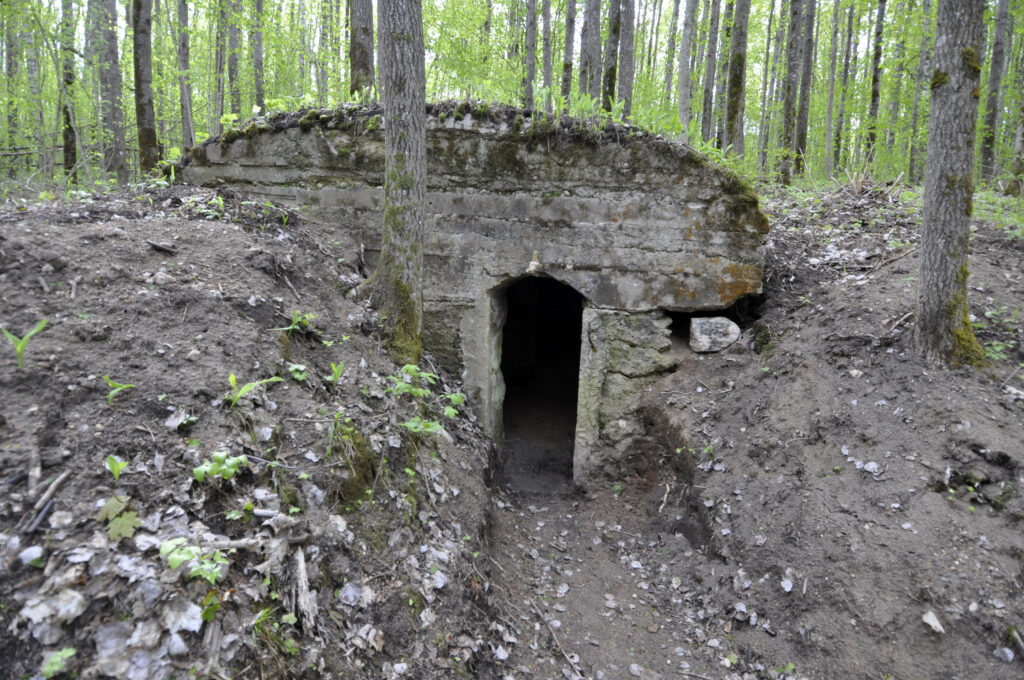
Only German bunkers have survived to this day, as they were made of concrete, while Russian soldiers made bunkers mainly of wood, respectively, these constructions have not survived in nature to this day. In the exposition of the First World War in Medumi can be seen a reproduction of a Russian army bunker.
